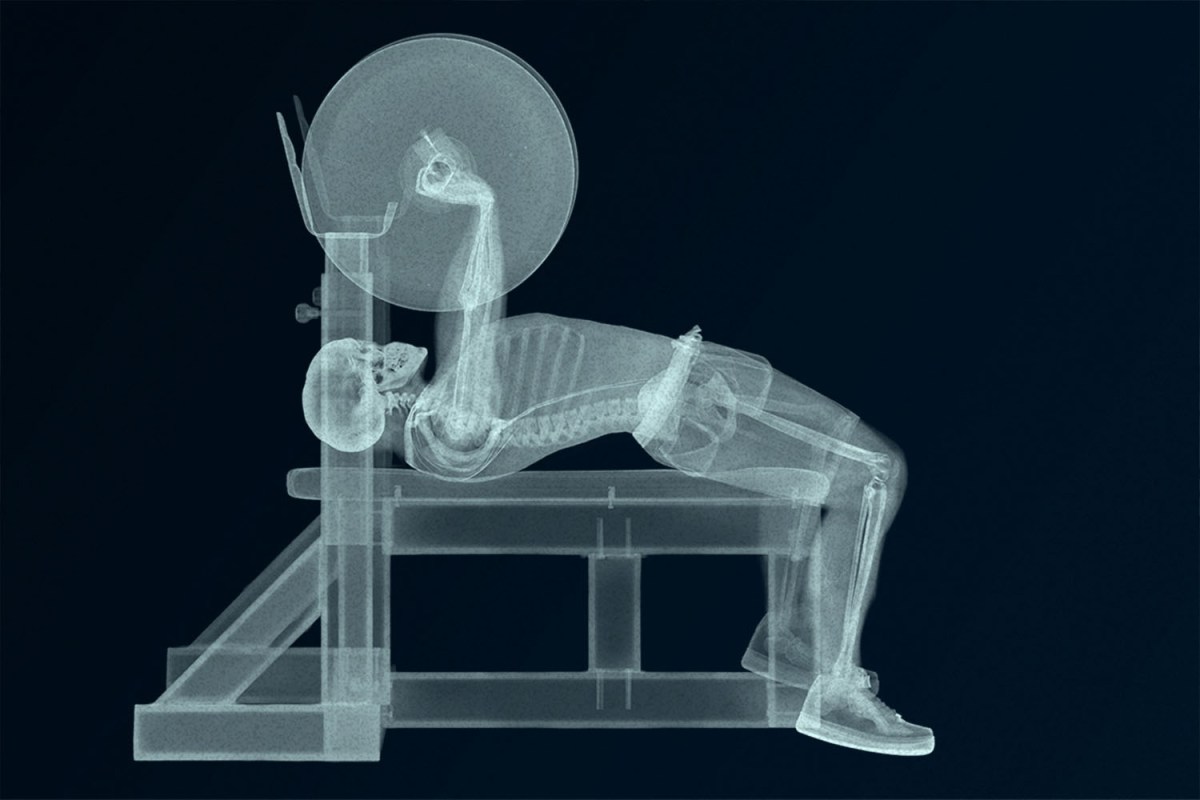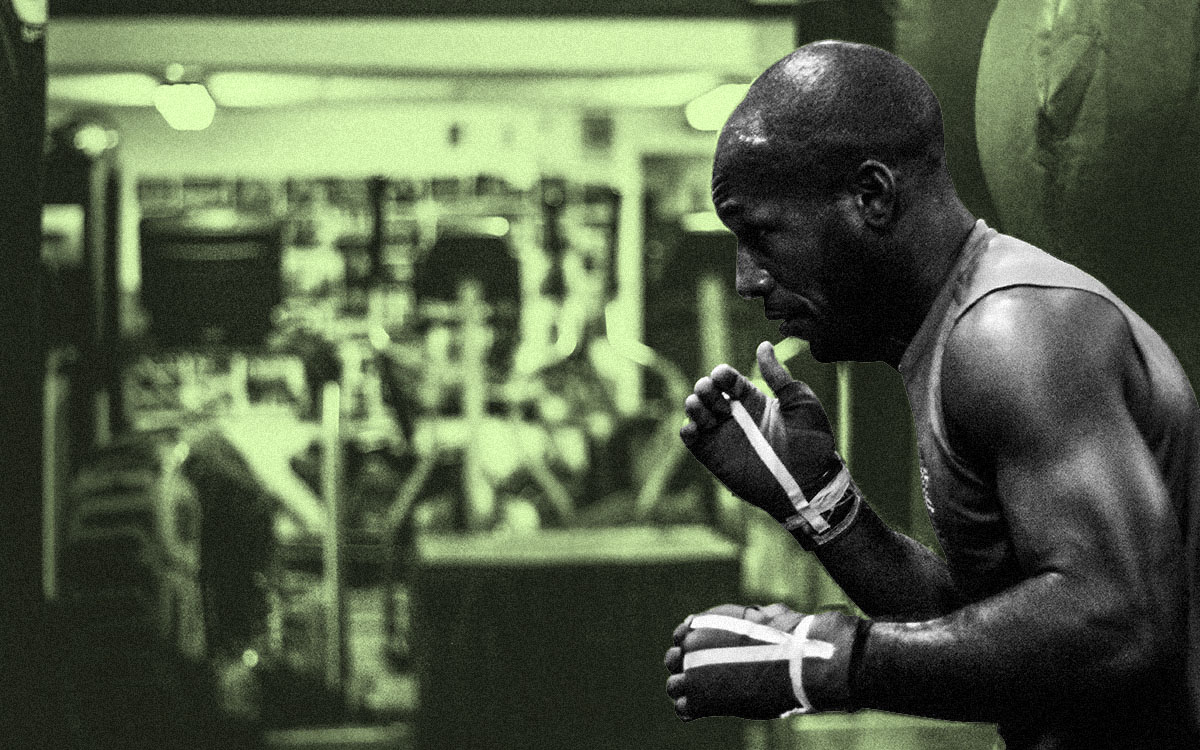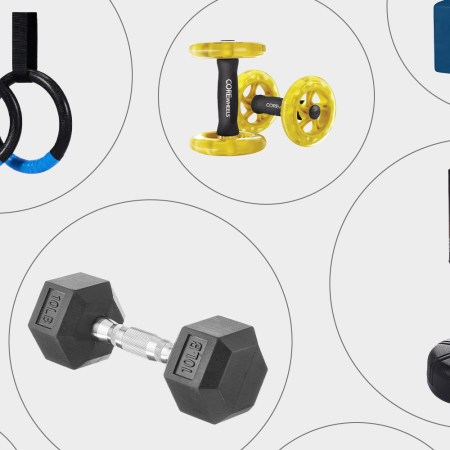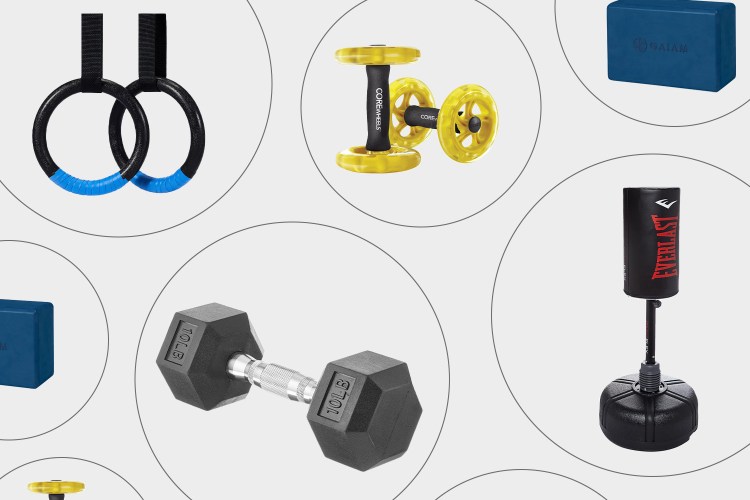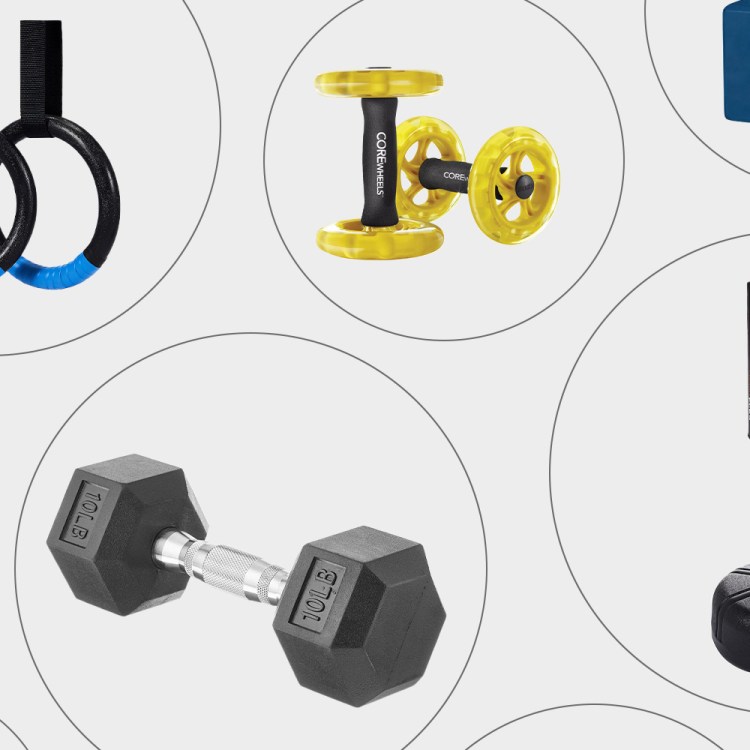I don’t think I’ve ever worked out in a gym that’s had enough bench-press sets. In college, lifting duos used to walk long, looping circles around the 6,000-undergraduate school’s four flat benches, waiting to pounce whenever one became available. In New York, would-be benchers have a habit of asking how many sets you have left, then pretending to perform curls or push-ups a couple feet to the side, eager for you to wrap things up. It’s annoying, all of it, but it’s also a testament to the exercise’s outsized popularity. For many, a strength-training session isn’t complete — or hasn’t even started — without a few sets on the bench press.
Why? Because the biggest lifters in the gym do it (along with the deadlift and the squat, it’s one of three moves that makes up the sport of powerlifting). Because it’s used as a supposed measure of explosive upper-body strength from a young age. Consider the NFL Combine, or the football team’s bench-a-thon back in high school. Because it’s been the de facto exercise for men looking to build their chests since the 1950s, and according to research released last year, men think a lot about their chests — even more so than women.
Still, it’s been difficult to bench press in 2020. Fitness centers were closed for almost half the year, and now many of them are either shuttered for good or struggling to operate effectively under a patchwork of state-mandated regulations. Apartments can’t fit a bench press, and most households wouldn’t want to, for lack of funds, space or the patience to piecemeal a full set together amidst a national run on at-home fitness equipment.
In the absence of reps, we’re left with a moment of reflection. Did we ever really need the bench press? And if so, is there any way to replace it?
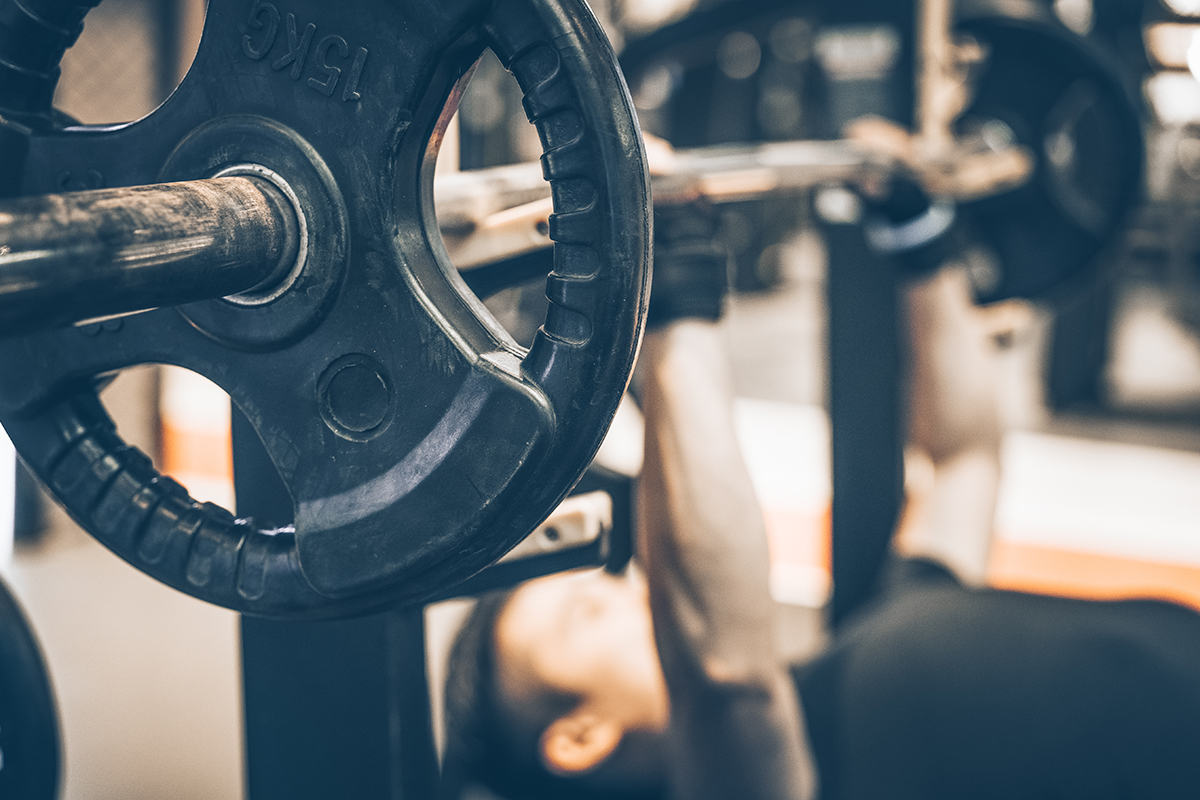
Some thoughts from Nick Tumminello, a former NSCA Personal Trainer of the Year and venerable “functional fitness” pioneer, come to mind: “The bench press is one of those exercises that most folks don’t bother to challenge because it’s just been around so long … [But] it’s mathematically and physically impossible for anyone to match, or even come close to replicating, what they can bench press in a push from a standing position. That, to us, makes maximal bench press efforts an unnecessary training risk for athletes to perform.”
Tumminello is referencing research published in 2007, which assessed the amount of force generated from both a sitting position (the bench press) and a standing position (the cable press). The study concluded that we really shouldn’t expect to throw the same amount of weight around from a standing position. One way to think about this: recall your max bench press. Couple hundred pounds? More? Now imagine walking up to your refrigerator, which usually falls in that weight class, and pushing it across the room. In that situation, the upper body can’t “lock” the same way that it does as it’s pressed against a bench, when the pecs, delts and triceps are all activated for an all-out, one-off effort.
In fact, all sorts of body parts are tempted to participate when we get off the bench. And that’s actually a good thing. When lifting from a standing position, for instance, clenching the glutes and core can help stabilize whatever movement you’re performing, all while protecting the back. Functional, full-body exercises help build strength, predictably, throughout the entire body. But a lifting regimen that hinges entirely on the bench press — while encouraging general muscle mass and bone health, to be sure — is ultimately just going to make you better at the bench press.
When I was deep in my bench-press phase (with the Creatine powder on my desk and the ever-nagging shoulder pain to prove it), I used to ask some of the bigger guys I knew how much they could bench. I was always surprised whenever one of them said he hadn’t benched in years. The truth is, there are more dynamic, efficient and safer ways to throw weight around. And right now, with months of more at-home workouts ahead of us, is the perfect time to learn a few worthy replacements for the bench press.
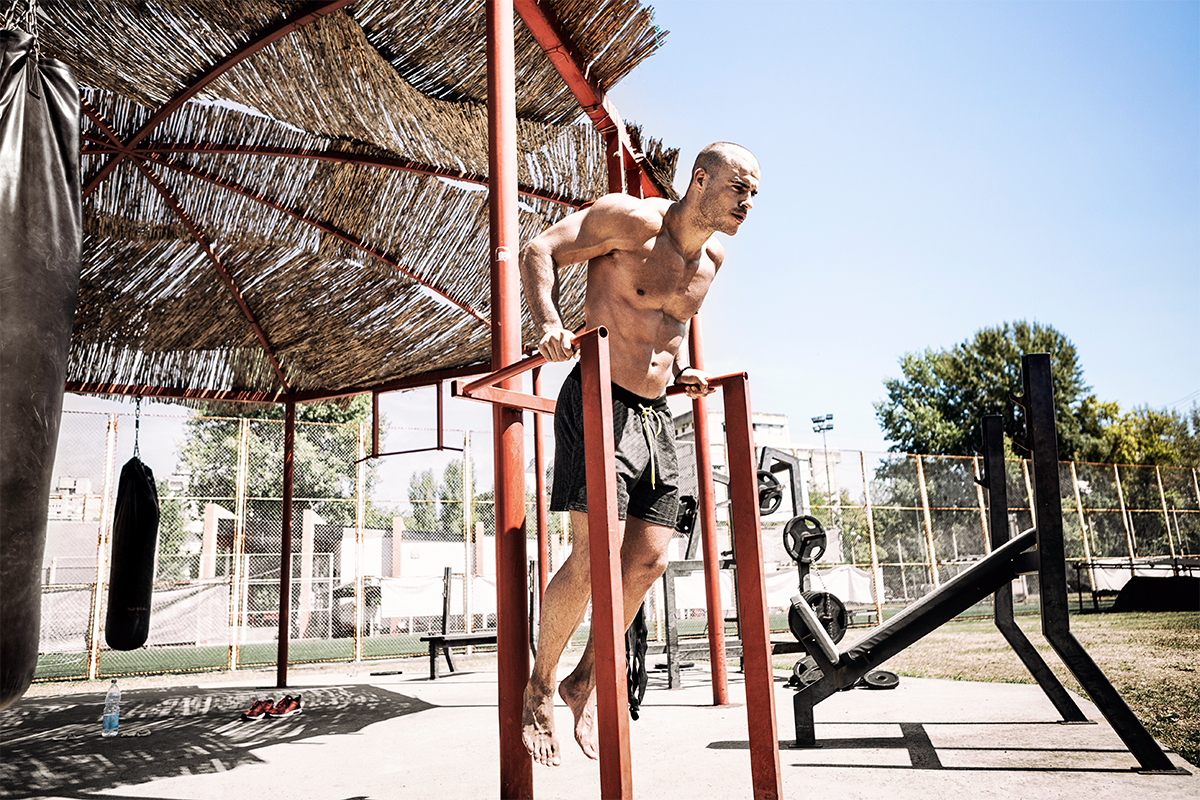
Parallel Dips Are Back
According to an old-school bodybuilding bible titled Beyond Brawn, the parallel dip was once the exercise of choice for increasing upper-body explosiveness. That makes a lot of sense. The move is positively spartan, requiring just two bars a bit beyond shoulder’s width apart, and no spotter. As a bodyweight, compound exercise, the parallel dip primarily roasts the chest, but it hits the shoulders, triceps, posterior lats and even the abs (assuming you’re keeping them tight to help balance the body as you travel up and down). So basically, you’re building on every muscle you’d target during the bench press, and then some, without needing to do any isolated work.
If you don’t have access to bars like those pictured above, a bench or sturdy box can also do the job: just keep your legs stretched forward and your hands placed firmly behind you on the surface. And much like you’d approach the bench press, start your workout with these bad boys. They’re a handful an hour in. I like to crank three sets of 10 reps.
Fancy Push-Ups
Not that there’s anything wrong with normal, non-fancy push-ups. Like the parallel dip, the push-up is a bodyweight exercise that corrals a litany of muscle groups — chest, triceps, shoulders, abs — to perform a functional movement that’s highly actionable for athletics or everyday living. It’s also, if you’re one to believe the Harvard School of Public Health, a decent indicator of one’s heart health.
But knowing how to modulate your push-up routine will give you a better shot at building your chest in the way you were used to on the bench, while also reaping all those full-body benefits. Three push-ups to play around with? Wide-grip push-ups (where your hands are positioned past the width of your shoulder) and decline push-ups (where your feet are placed on a bench or ball) both create an extra challenge for the chest. And one to save for a rainy day is the one-armed push-up, which is tricky to master, but a king for building the upper body.
Dumbbells, If Ya Got ‘Em
I can understand that for many lifters, it just doesn’t feel like lifting until you’ve got a weight in your hands. The pandemic has obviously made that preference a real challenge. For instance: dumbbells, of all things, have officially joined the ranks of coins, laptops and Dr Pepper as items suffering a supply shortage. That’s yet to let up — the most reputable manufacturer of fitness equipment in America is still struggling to meet demand — so for many of us at this juncture, you either have dumbbells or you don’t, and even if you do, they may be a pair of 10s or 15s, which doesn’t exactly conjure images of benching glory.
However, if we’ve learned anything about the bench, it’s that a high-rep system is more sustainable than one screeching effort where it looks like the bar’s going to snap. It is possible to get into an upper body groove with dumbbells, assuming you own some. For something really different, head to the floor and try one-armed presses; they’ll force you to use your core while settling arm-to-arm imbalances. I’d also recommend dumbbell bench presses, which engage the same muscles while necessitating more stabilization than a barbell. Dumbbells flys and pullovers are also fair game, though they’re a bit more specialized than some of the full-body exercises I’ve outlined.
Whatever you do, just make sure to inject some creativity and patience into your routine. Try negatives (bringing the dumbbells back down slowly), prioritize higher rep counts and stay open-minded — it’s the easiest way through a time like this.
Whether you’re looking to get into shape, or just get out of a funk, The Charge has got you covered. Sign up for our new wellness newsletter today.
